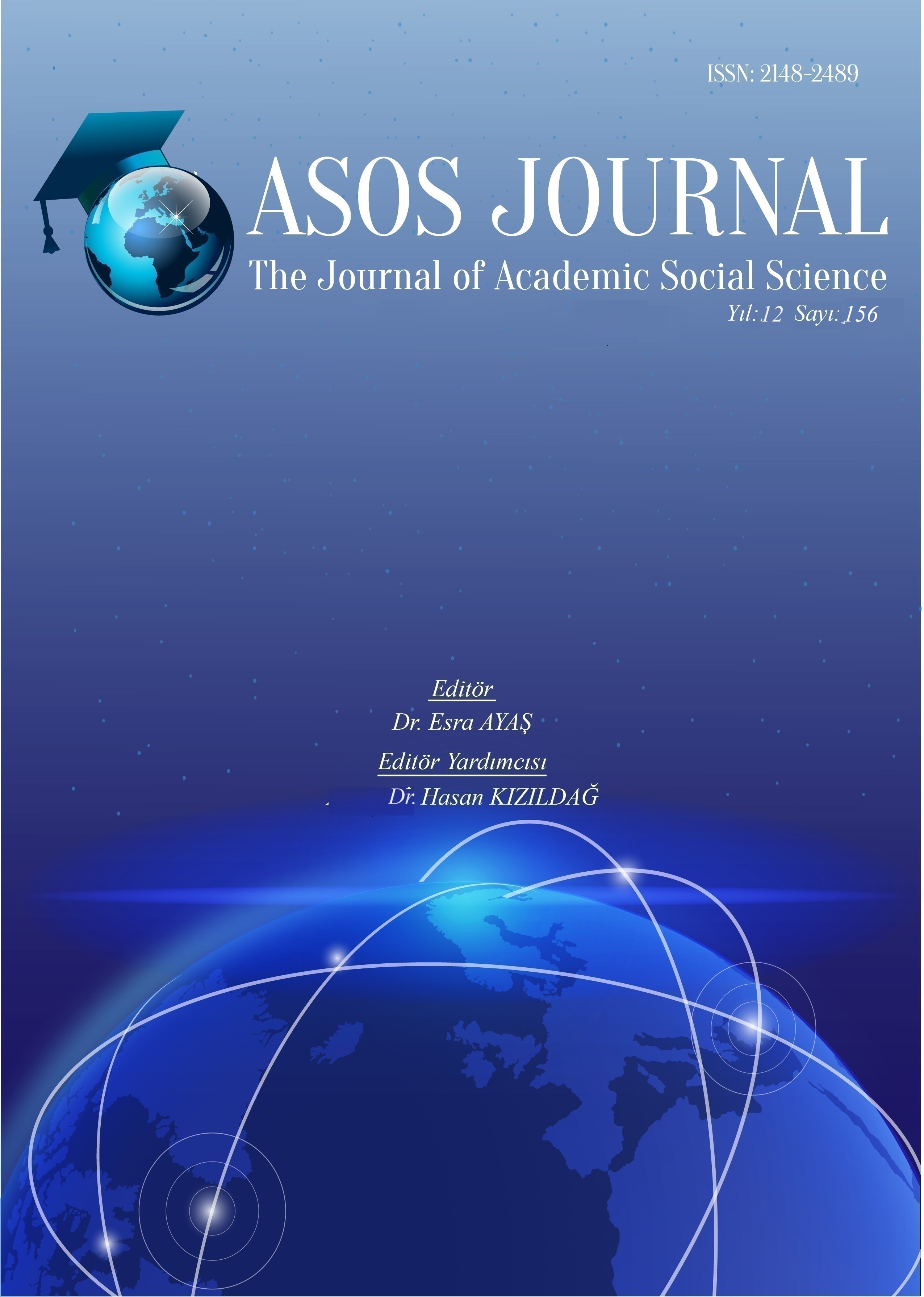MORFOMETRİK ANALİZ YÖNTEMİNİN TAŞKIN RİSKİ ÖN DEĞERLENDİRME ÇALIŞMALARINDA KULLANILABİLİRLİĞİ: YOMRA ÖRNEĞİ
Author :
Abstract
Trabzon ve çevresi Türkiye’de taşkın afetinin en sık görüldüğü bölgelerden biridir. Özellikle son yıllarda bölgede meydana gelen taşkınlar can ve mal kaybına neden olmaktadır. Bu nedenle bölgede yer alan akarsu havzalarının taşkın duyarlılık derecesinin belirlenmesi bölgedeki taşkınların etkisinin azaltılması çalışmalarına önemli katkı sağlayacaktır. Bu çalışmada Trabzon’un dördüncü büyük ilçesi olan Yomra ilçe merkezinden Karadeniz’e dökülen Zil, Muratlı, Şana ve Yomra Deresi’nin taşkın duyarlılık dereceleri morfometrik analiz yöntemi kullanılarak belirlenmiştir. Havzaya ait morfometrik parametreler CBS yazılımı içerisindeki hidrolojik analizler kullanılarak hesaplanmıştır. Havzaların taşkın risk durumu morfometrik parametrelerin bileşke faktör ve “Normalize Morfometrik Taşkın İndeksi” (NMFI) yöntemlerine göre sıralanması ile belirlenmiştir.Bileşke faktör yöntemine göre Şana Deresi’nin taşkın duyarlılığının en yüksek , Zil Deresi’nin taşkın duyarlılığının en düşük, NFMI sonuçlarına göre Şana Deresi’nin yüksek diğer akarsuların orta derecede taşkın risk sınıfında yer aldığı belirlenmiştir. Ayrıca havzada meydana gelen taşkınlarda havzaların engebelilik değeri ve tekstür oranı özelliklerinin etkili olduğu ve çalışma alanında yapılacak olan taşkın riski ön değerlendirme çalışmalarında bu parametrelerin de kullanılması gerektiği belirlenmiştir.
Keywords
Abstract
Trabzon and its surroundings is one of the regions in Türkiye where flood disasters occur most frequently. Especially in recent years, floods in the region have caused loss of life and property. For this reason, determining the flood susceptibility of the river basins in the region will make an important contribution to the efforts to reduce the impact of floods in the region. In this study, the flood susceptibility levels of Zil, Muratlı, Şana and Yomra streams flowing into the Black Sea from Yomra district center, which is the fourth largest district of Trabzon in terms of population, were determined by using morphometric analysis method. Morphometric parameters of the basin were calculated using hydrological analysis in GIS software.. The flood risk status of the basins was determined by ranking the morphometric parameters according to the composite factor and "Normalized Morphometric Flood Index" (NMFI) methods. According to the compound factor method, Şana Creek has the highest flood susceptibility, Zil Creek has the lowest flood susceptibility, and according to the NFMI results, Şana Creek is in the high flood risk class and other rivers are in the moderate flood risk class. In addition, it was determined that the ruggedness number and texture ratio characteristics of the basins are effective in the floods occurring in the basin and these parameters should also be used in the preliminary flood risk assessment studies to be carried out in the study area.





